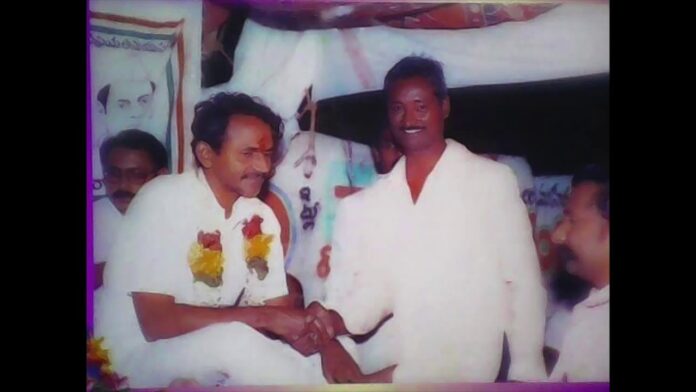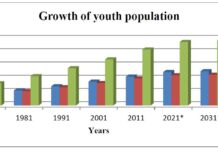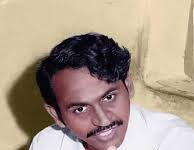| When Vijayawada became Beirut on a Boxing Day |   | ||
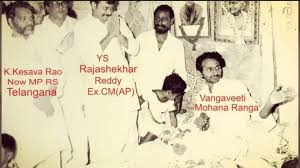
Thirty-two years ago, in the month of December, Vijayawada drew the attention of the world for all wrong reasons.The then emerging city witnessed a terrible incident which triggered mayhem and methodical destruction of the city which was built by its denizens – brick by brick. The brutal assassination of Congress MLA Vangaveeti Ranga in the wee hours of December 26, 1988, sparked unprecedented riots.
The ‘Boxing Day’ occurrence packed a punch to the city and for nearly two months the normal life came to a standstill.The thoroughfares, after the holy night of Christmas, resembled a battlefield and properties worth crores were destroyed. Unable to digest the brutal murder of their leader, supporters and sympathisers of Ranga targeted theatres, shopping malls, bars, restaurants, business complexes, government offices, bus depots and public and private vehicles and set afire. Liquor shops were the primary targets of the mob and the ‘spirit’ was used to fuel the fire. While some preferred drinking it on the roads, the others used the liquid to ignite.
The poisonous effluvium emanating from the fire engulfed the city for several months and the nostrils inhaled harmful gases. The business community was the worst-affected for the arsonists broke open several shops on Karl Marx Road, M.G. Road and Besant Road and the loot found its way to the streets. Branded suiting and shirting were cut to pieces sold for a song. Beneath every rickshaw seat there were radios, transistors, tape recorders, iron boxes and other electrical products sold for peanuts.It looked as if the people of Vijayawada were keen on destroying their own city. Community feeling clouded the common sense.
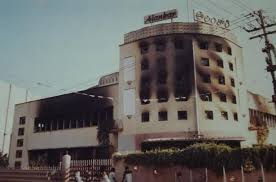
For the city that did not show little interest in insuring their properties, the incident came as an eye-opener. Many turned paupers when their uninsured shops went up in smoke. Some wily loss-making businessmen burnt their own shops to claim the damages though.Engines were removed from the four-wheelers and the chassis were set afire to dupe the insurance companies. Soon after the city’s return to normalcy, the shop keepers made a beeline for insurance companies to insure their properties.Panic-stricken locals stayed indoors as shoot-at-sight orders were issued. Indian Army and CRPF stepped in to help the police restore normalcy. The burning images of Alankar, Kalyana Charkaravarthy, Jai Hind theatres, the smouldering Roy Tyres, the shattered peacock bar and restaurant, the ransacked Mangaldeep and Raymond’s showrooms are still fresh in the minds of the people.Roy Tyres opposite Annapurna theatre was on fire for many days as firemen faced hardships to douse the flames. In fact, the thick cloud of smoke drew the attention of curious onlookers for many days.Greedy looters did the unthinkable as they dropped the stolen objects like television, refrigerators and washing machines in the canal fearing arrests by police.They were living in small houses and they had no room to hide the loot. It was a sight to see when authorities fished out the rusted consumer durables from the canal soon after normalcy returned to the city.
The lawlessness saw the loss of life in Uppalapati Srihari Rao, a promising doctor who was lynched by the mob as he was carrying a gun. For the first time, a gun boomed in city when a house owner fired at the wanton elements which threatened to harm him in Patamata Lanka.The city, since 1988, has witnessed no major incident barring the state’s bifurcation struggle.

